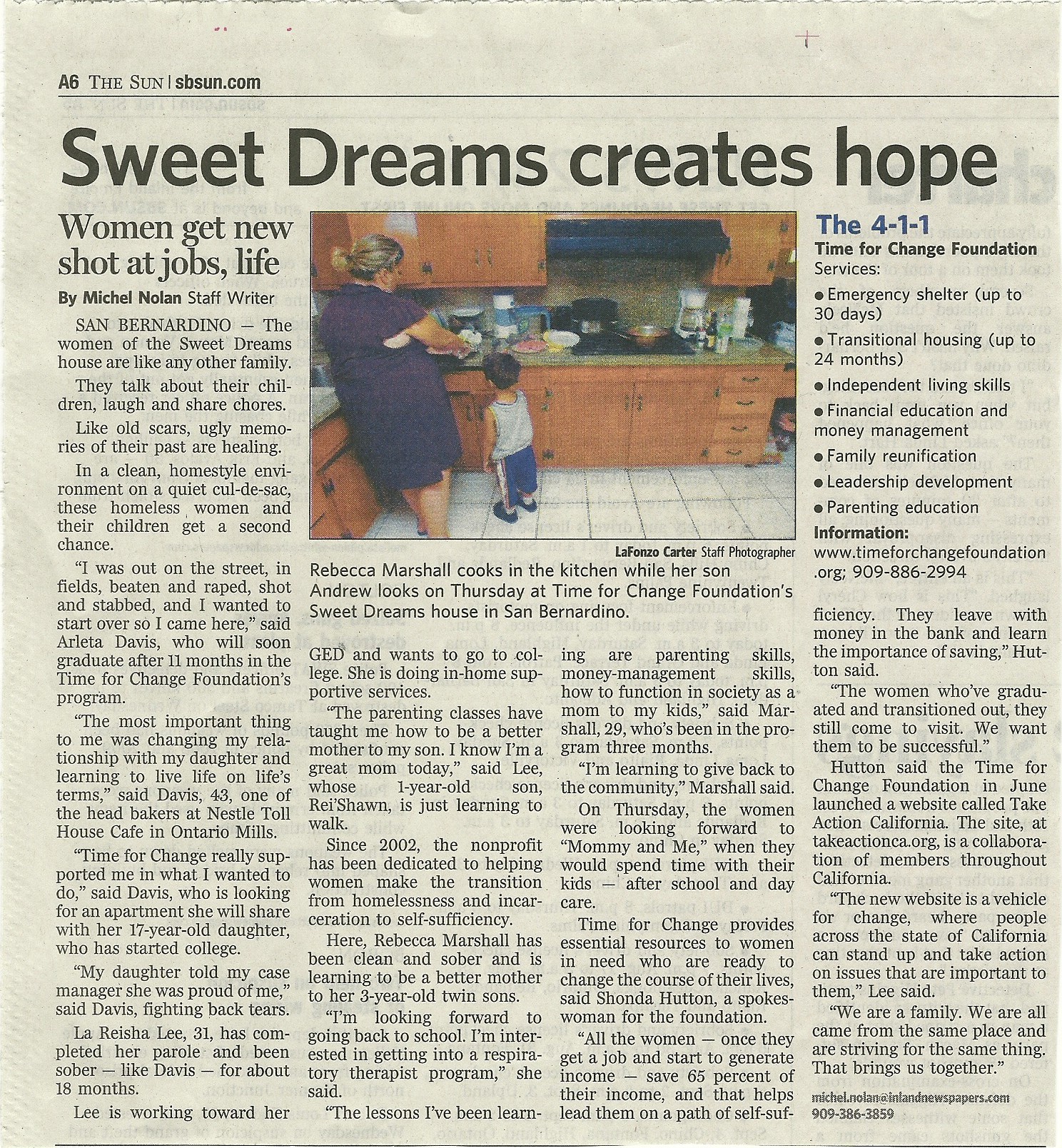

You’ll find theories such as the McKinsey’s change management framework, John Kotter’s change management model, the Prosci ADKAR process, and the Deming Cycle.Ĭhange management processes should include the following steps: First, identify opportunities for improvement and secure approval from stakeholders. Here is a great resource for an overview of effective change models, methodologies, and frameworks. It is typically created during the planning stage of a Change Management Process. Change Management Plans are developed to support a project to deliver a change.Change Management Processes include a sequence of steps or activities that move a change from inception to delivery.Most Change Management Models provide a supporting process that can apply to your organization or personal growth.
#A time for change foundation how to
Change Management Models have been developed based on research and experience on how to best manage change within an organization or in your personal life.We’ve broken down the differences between these elements below: In addition, models and certifications from The Association of Change Management Professionals have come to life in support of this growing industry.Īs a discipline, change management has evolved to include change management models, processes, and plans that help reduce the negative impact of change on organizations. Books touting these concepts run from the obvious, such as Change the Culture, Change the Game by Roger Connors and Tom Smith, to Alan Deutschman's dire call to action in Change or Die, Linda Ackerman Anderson’s Beyond Change Management, and Daryl Conner’s Managing at the Speed of Change. The evolving consumer expectations for better, faster, and cheaper products also drive the need to reorganize the work culture to meet demand. Products, technology, or ideas that used to take years to design, develop, test, and deploy are now being squeezed down to months or even weeks. There are concrete reasons for accelerated growth in the change management industry. However, it wasn’t until the 1990s that change management became well known in the business environment, and formal organizational processes became available in the 2000s. Kurt Lewin’s 3-step model for change was developed in the 1940s Everett Rogers’ book Diffusion of Innovations was published in 1962, and Bridges’ Transition Model was developed in 1979. The concept of change management dates back to the early to mid-1900s.

This framework emerged in the 1940s and was adopted by businesses later in the century, and continued to evolve over time. The philosophies behind today's change management practices are structured to anticipate the challenges of organizational change.

In 2006, a renewal process was undertaken by its board of directors to assess its strategic directions and measure the value-addition of improvement to date.Ī preparation session using a number of essential stakeholders had resulted in the creation of a draft strategy for going forward, which included hiring a new CEO. The Change Foundation is an independent non-profit foundation founded in 1996 by the Ontario Hospital Association with all the mandate to encourage, support and improve health as well as the delivery healthcare in Ontario.


 0 kommentar(er)
0 kommentar(er)
